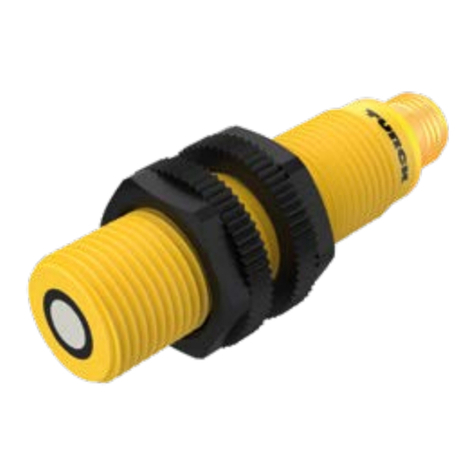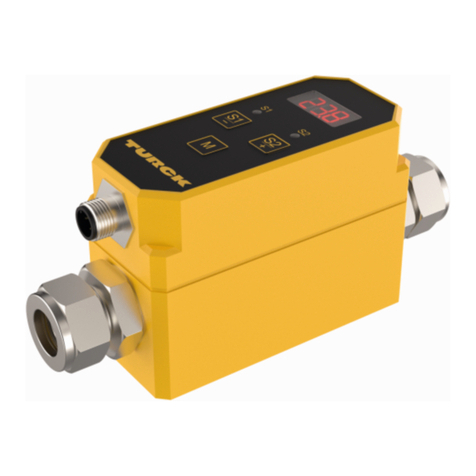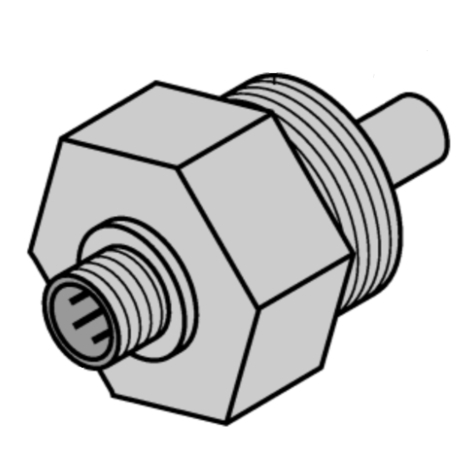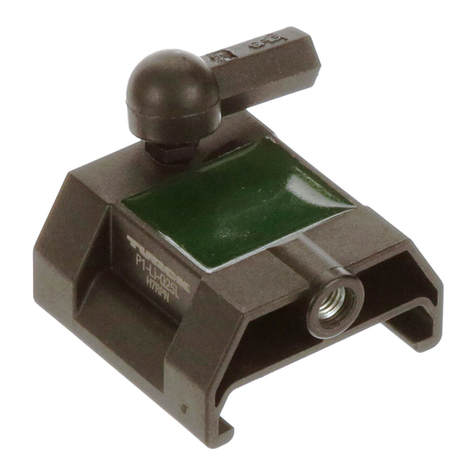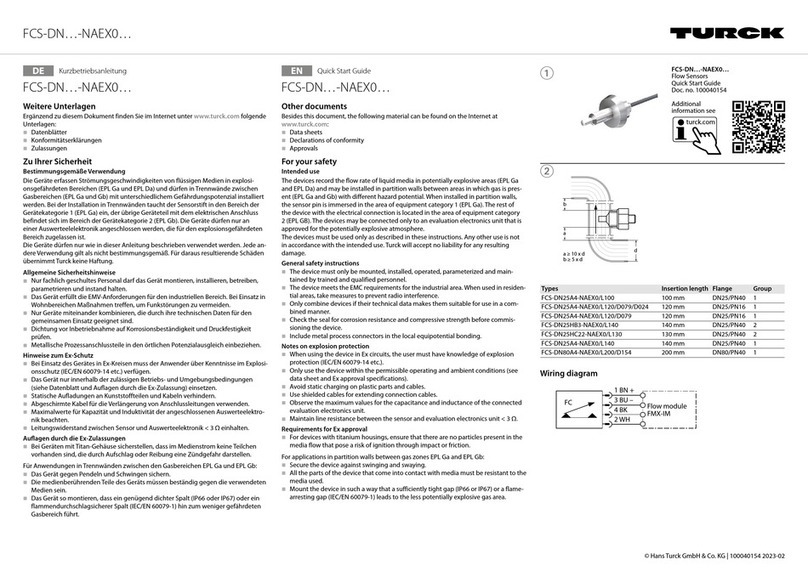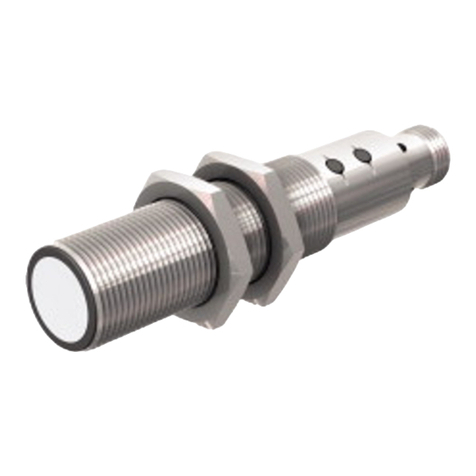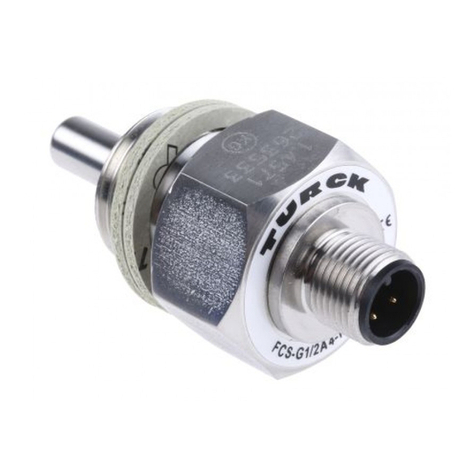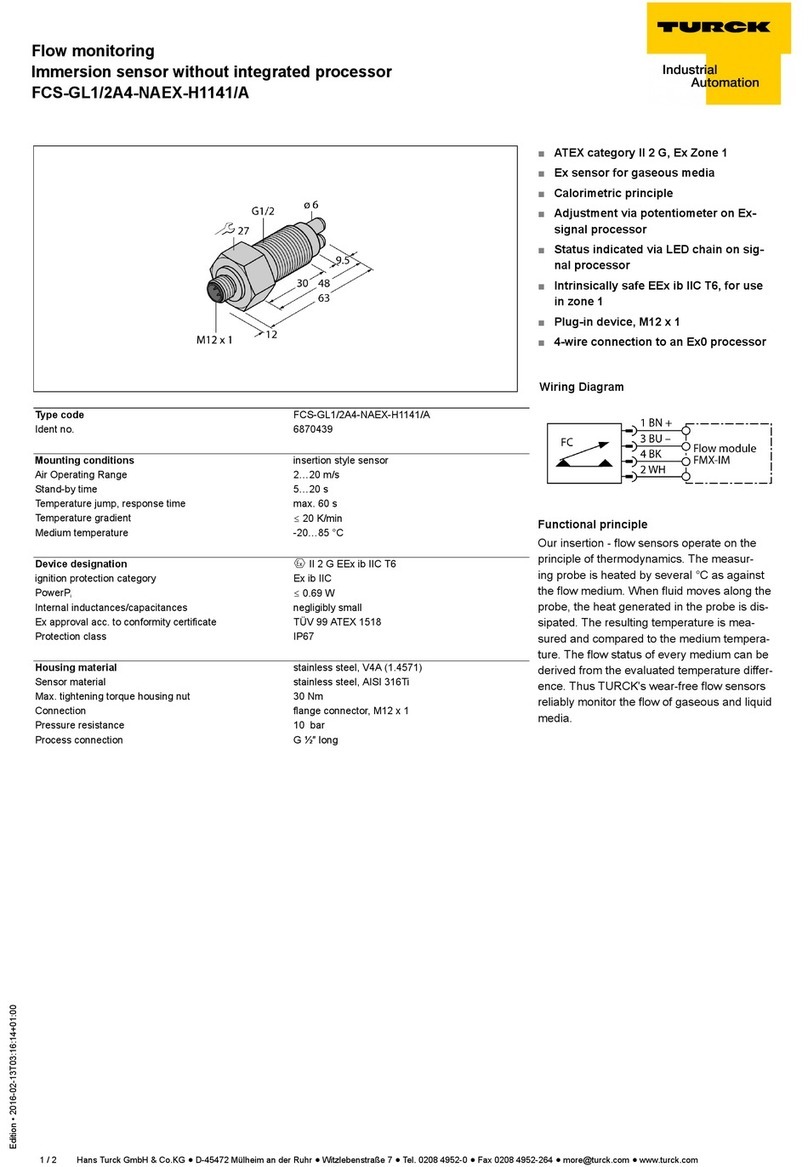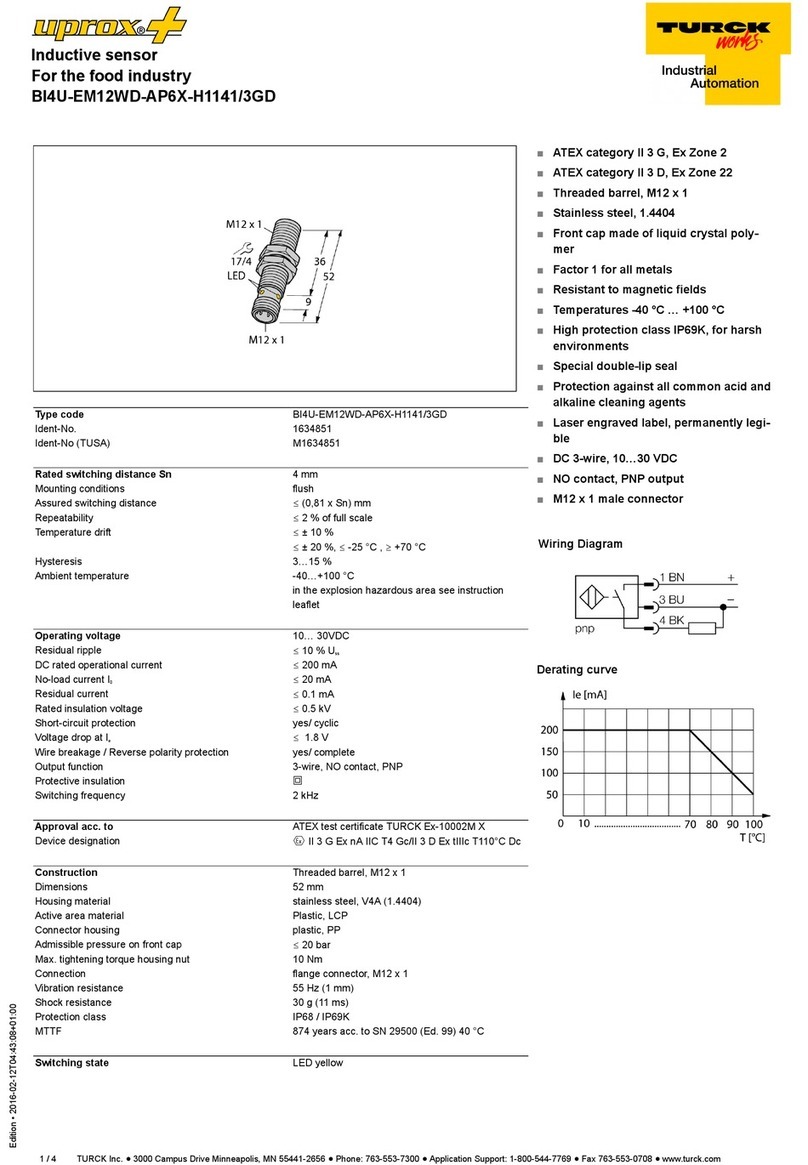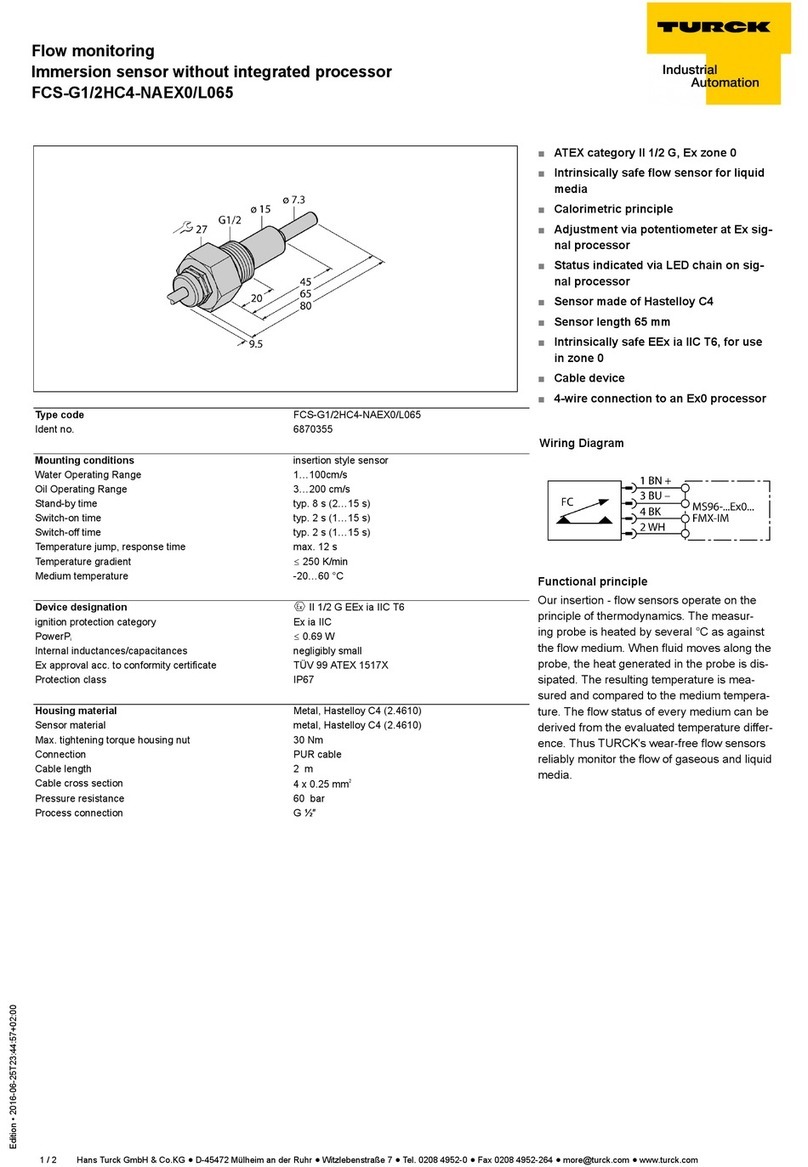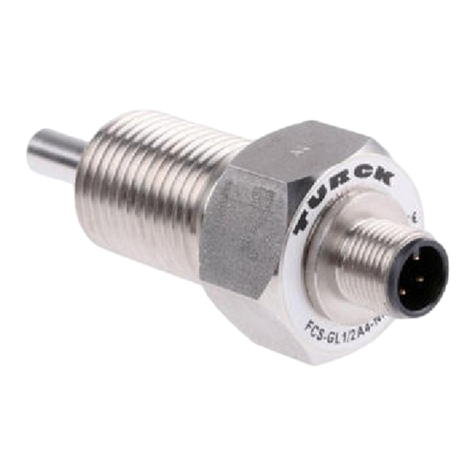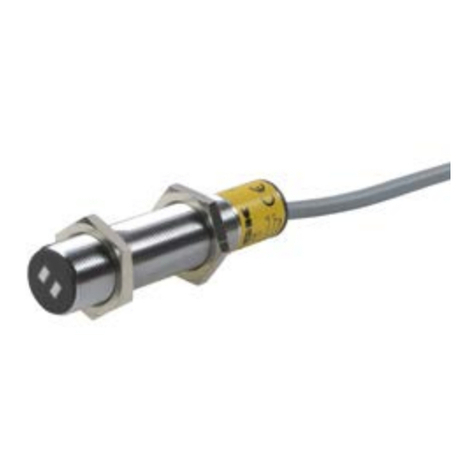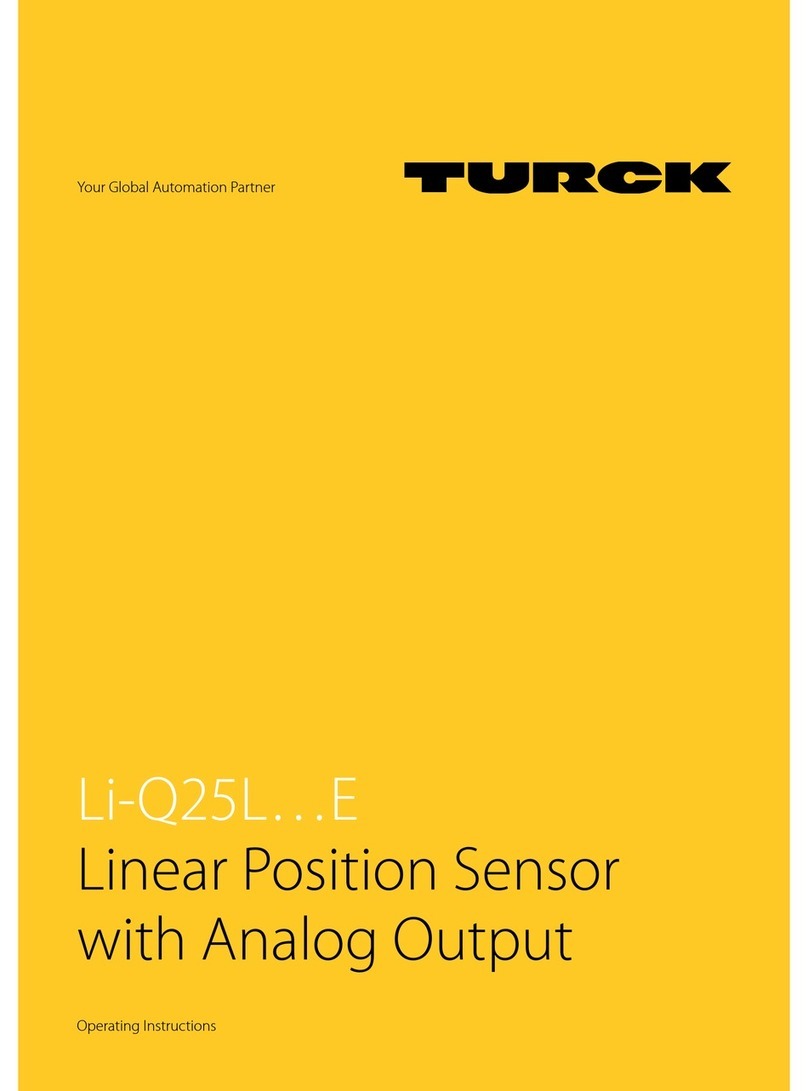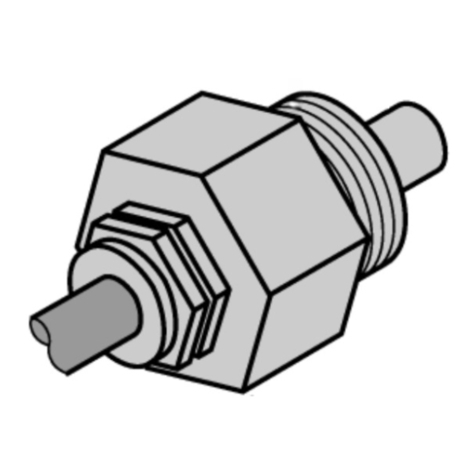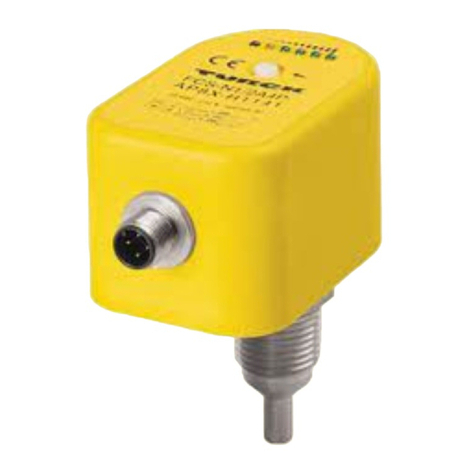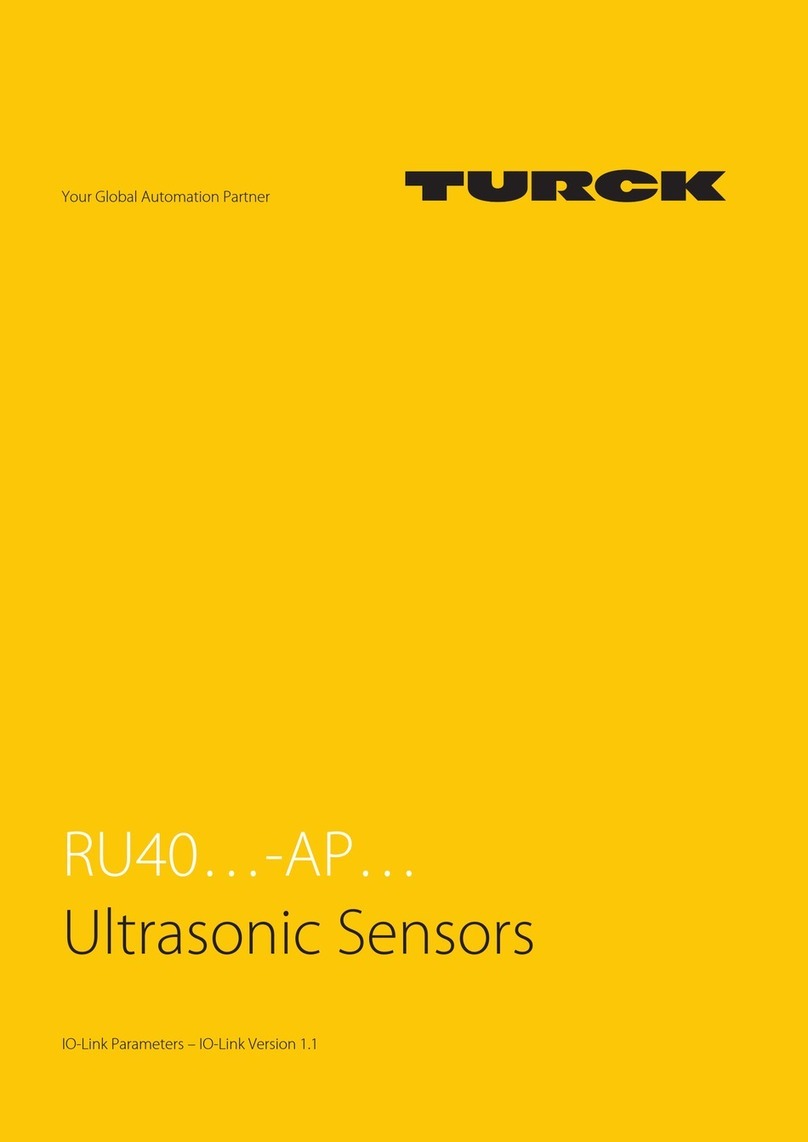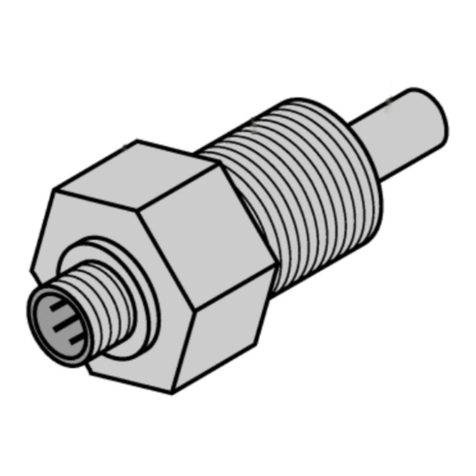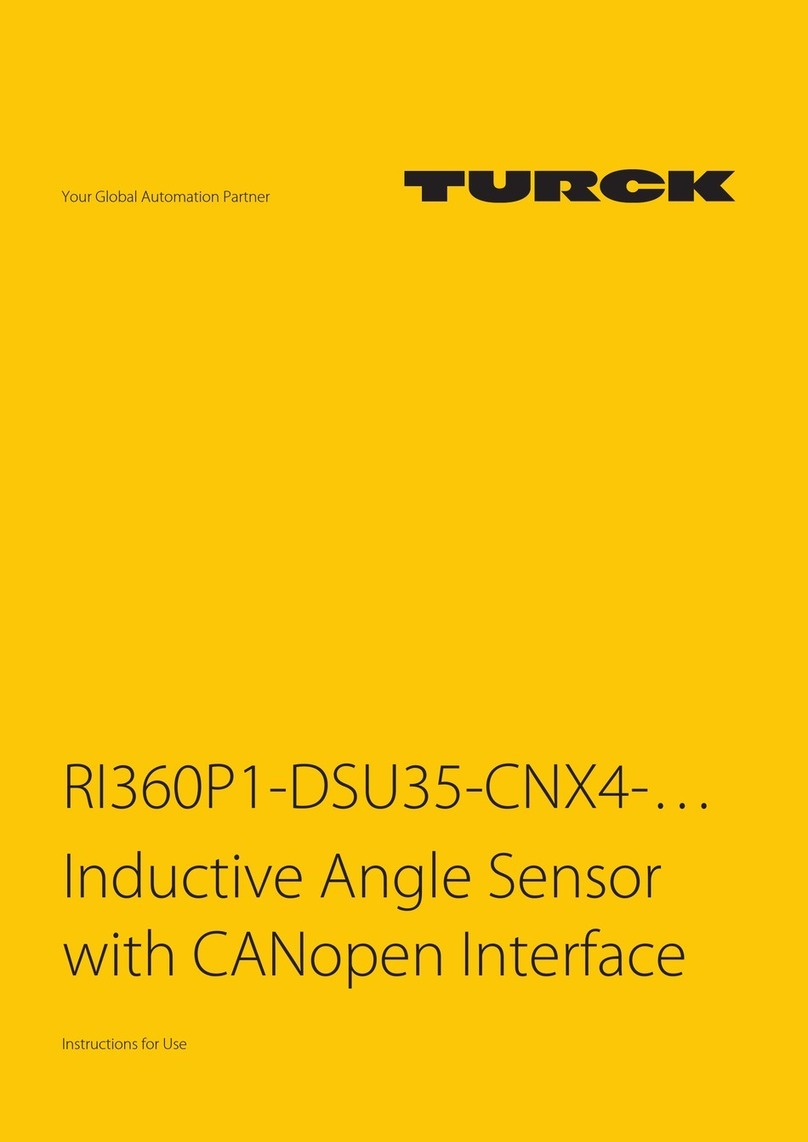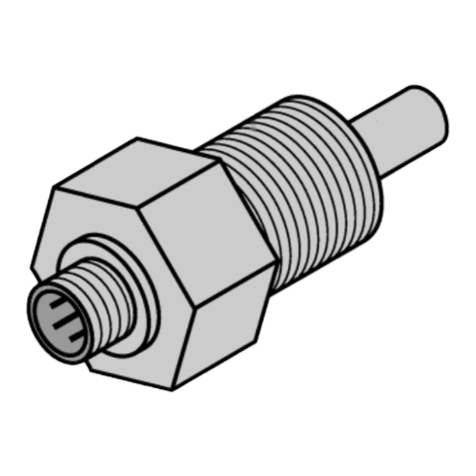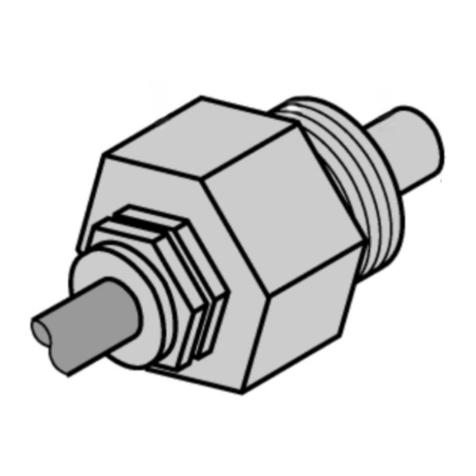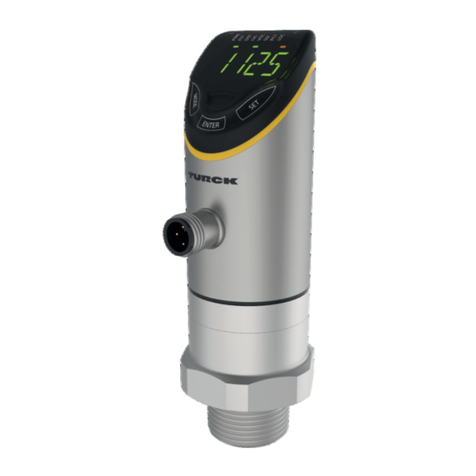
5
2019/03
1 About These Instructions
These operating instructions describe the structure, functions and the use of the product, and
will help you to operate the product as intended. Read these instructions carefully before using
the product. This will prevent the risk of personal injury or damage to property or the device.
Retain these instructions for future use during the service life of the product. If the product is
passed on, ensure that these instructions are handed over as well.
1.1 Target groups
These instructions are intended for qualified personnel and must be read carefully by anyone
mounting, commissioning, operating, maintaining, dismantling or disposing of the device.
1.2 Explanation of symbols
The following symbols are used in these instructions:
DANGER
DANGER indicates an imminently hazardous, high-risk situation which, if not avoided,
will result in death or serious injury.
WARNING
WARNING indicates a potentially hazardous, medium-risk situation which, if not
avoided, could result in death or serious injury.
CAUTION
CAUTION indicates a situation that may result in property damage if not avoided.
NOTE
NOTE indicates tips, recommendations and important information. The notes will facili-
tate work, provide more information on specific actions and help prevent additional
work due to incorrect processes.
CALL TO ACTION
This symbol denotes action steps that the user must perform.
ACTION RESULT
This symbol denotes the relevant results of actions and action sequences.
1.3 Other documents
In addition to this document, the following material can be found on the Internet at
www.turck.com:
■Data sheet
■EU declaration of conformity
1.4 Feedback about these instructions
We make every effort to ensure that these instructions are as informative and as clear as pos-
sible. If you have any suggestions for improving the design or if any information is missing from
the instructions, please send your suggestions to techdoc@turck.com.

